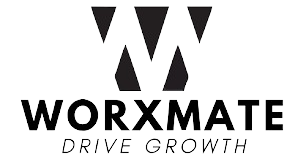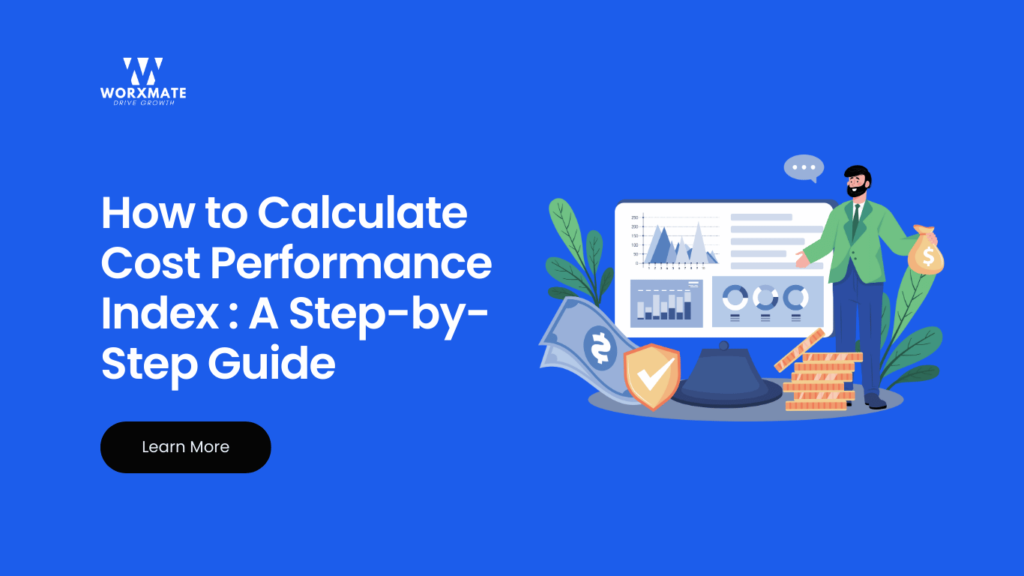In project management, your cost performance index indicates if your budget is on track or at risk.
“Are we staying on budget?” is a question that comes up frequently while managing a large project. Think about having a clear, reliable figure that illustrates the precise financial status of your project, rather than relying on assumptions or navigating complicated spreadsheets. The cost performance index comes into play here.
One measure of a project’s financial health that aids in tracking and managing expenditures is the cost performance index (CPI).
Using and comprehending the cost performance index will help you take more informed choices about the budget and resources for your project, regardless of your level of experience with project management or whether you want to improve your cost control techniques.
To learn more about CPI, its calculation, and how to use it to enhance the financial performance of your project, continue reading.
What is the Cost Performance Index (CPI)?
The Cost Performance Index (CPI) is a project management indicator used to assess a project’s cost-effectiveness. The computation involves dividing the project’s overall earned value by its actual cost. The CPI, which is a ratio, can be used to assess whether a project is on track financially and economically.
How To Calculate Cost Performance Index
You must first comprehend the earned value and actual cost formulas for the cost performance index calculation. These are a component of the broader calculation for the cost performance index, which we will discuss soon. Let’s first define earned value and actual cost and then we will take a look at how to calculate cost performance index.
Earned Value (EV)
Earned value in project management is the quantity of work that has been done at that point in relation to the amount that was anticipated to be finished at that stage of the project. The earned value of a project is determined by multiplying the percentage of work completed by the proportion of the project’s budget at completion (BAC), also known as the total project budget.
Earned Value (EV) = Percentage of Work Completed (BWC) x budget at completion (BAC)
Actual Cost (AC)
As the name suggests, the actual cost is the whole amount of money spent on the project at that exact point in time. This is the total amount of money spent on the project at that moment, and you don’t need to use a formula to figure it out. It is employed in the computation of both cost variance and the cost performance index.
Read More: Employee Performance Reviews with AI and Automation Insights
The Formula for the Cost Performance Index Calculation
You can compute the cost performance index after you have the earned value and the project’s actual cost. The earned value is divided by the actual value to accomplish this. The project is operating well within its allocated budget if the cost-performance index ratio is greater than one. This is the formula for the cost performance index calculation.
Earned Value (EV) ÷ Actual Cost (AC) = Cost Performance Index (CPI)
Or, in mathematical notation:

Cost Performance Index Example
Here is a simple cost performance index example. Assume a project has an actual cost of $8,000 and an earned value of $10,000. The CPI would be determined as follows using the formula CPI = EV / AC:
$10,000 ÷ $8,000 = 1.25 is the CPI.

The project performs better than anticipated in this instance, with the earned value surpassing the actual cost, as indicated by the Cost Performance Index score of 1.25. This implies that the initiative is making effective use of its finances.
Project managers can monitor cost effectiveness and make wise decisions by routinely computing the Cost Performance Index during the project. It aids in budgetary and resource allocation management and provides a quantitative assessment of a project’s cost performance.
Cost Performance Index Interpretation
CPI < 1: Earnings are less than expenses if the CPI is less than one. To put it another way, the project is overbudget.
CPI > 1: If the CPI is higher than 1, then earnings exceed expenses. To put it another way, the project is inside its allocated budget.
CPI = 1: Earnings and spending are equal if the CPI is equal to 1. It may indicate that the project is moving along precisely within the allocated budget.
Important Elements That Affect CPI
The Cost Performance Index (CPI) is used by project managers to evaluate the cost and efficiency of projects. However, what are the primary CPI components?
Allocation of the Budget
One of the main components of the CPI is project budget allocation. If the project’s needs are taken into account and the funding is distributed properly, the CPI will remain high. The CPI might, however, decline if the budget is not allocated properly or unanticipated project costs arise.
Controlling Risk
Good risk management is necessary for a high CPI. Project risks are unavoidable and, if not identified, evaluated, and managed, can result in excess costs and CPI issues that arise. To lessen the impact of unanticipated occurrences on the project budget, risk management should be proactive.
Managing Your Time
Time management and the CPI are closely associated because the delays and extensions of the projects can raise costs. The CPI will be higher if a project is completed within the set time frame. On the other hand, because of increased expenses and longer project durations, the CPI may fall if project tasks are not effective or overdue.
Modifications to the Scope
Changes in project scope may have an impact on CPI. A scope that is unclear or varies frequently could result in higher costs and a lower CPI. The project scope needs to be clearly specified and agreed upon in order to lessen the influence on the CPI.
Utilization of Resources
Resource efficiency is a prerequisite for CPI. CPI opportunities are increased by efficient resource management. Poor resource usage or planning, however, could result in a decline in the CPI.
Final Word
Any project manager who wants to maintain control over their finances must use the Cost Performance Index.
This straightforward formula has a lot of power since it can tell you if you are spending too much or not, as well as whether you are receiving more for your money.
It provides you with a clear picture of your current situation and what you may need to do, regardless of whether your CPI is less than 1, equal to 1, or greater than 1. Gaining proficiency with the CPI will enable you to oversee projects more skillfully and guarantee that your group produces the most value possible within the allocated budget.
By leveraging OKR software, you can seamlessly integrate CPI tracking into your project management process, ensuring financial health and strategic alignment go hand in hand.
Ready to streamline your project management and financial tracking?
🚀 Start Free Today and take control of your budgets and goals.



